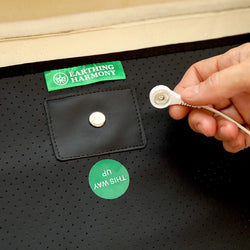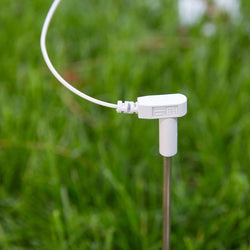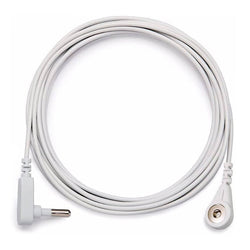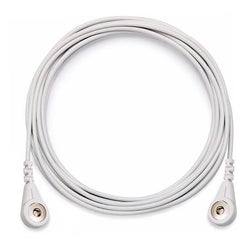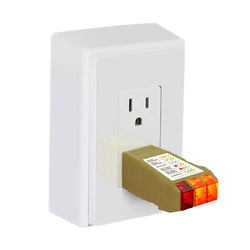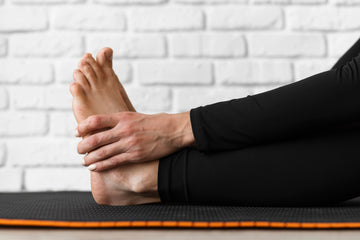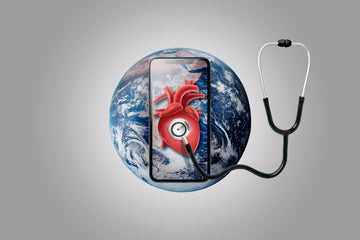Reconnecting to Heal
Inflammation is at the root of many chronic illnesses plaguing modern society. From autoimmune diseases to cardiovascular conditions and chronic pain, researchers now see inflammation not just as a symptom, but a potential cause of widespread physiological dysfunction. In parallel, the practice of grounding—or making direct skin contact with the Earth—is gaining attention as a universal anti-inflammatory remedy rooted in both ancient wisdom and modern science.
This article explores the fascinating intersection of grounding and inflammation, breaking down what we know from inflammation research, biological theory, and clinical evidence. You’ll discover how reconnecting with the Earth’s surface electrons may influence blood viscosity, immune response, pain levels, and more—and how grounding mats and outdoor grounding may fit into your personal healing journey.
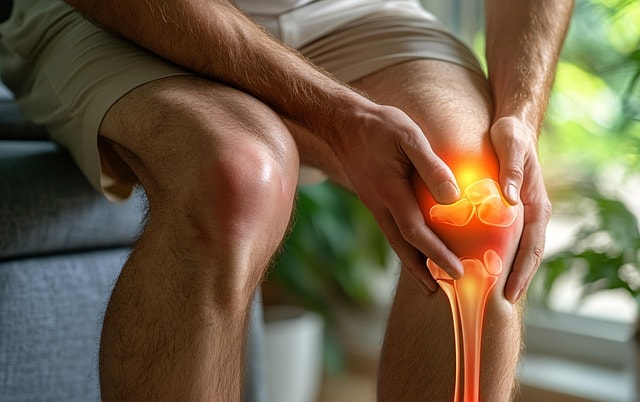
What Is Inflammation? Understanding the Hidden Driver of Disease
Inflammation is the body's natural response to injury or infection, but when it becomes chronic, it can lead to damage rather than healing. While acute inflammation is essential for wound healing and fighting pathogens, chronic inflammatory responses linger and contribute to disorders such as autoimmune diseases, cardiovascular disease, arthritis, and even depression.
This low-grade, persistent inflammation often flies under the radar—yet its health implications are serious. It disrupts immune system balance, fuels oxidative stress, and worsens conditions like high blood pressure, chronic pain, and even poor sleep.
Grounding or Earthing: What It Is and Why It Matters
Grounding, also known as earthing, refers to the simple act of making direct skin contact with the Earth’s surface—such as walking barefoot on grass, soil, or sand—or using conductive systems indoors, like grounding mats or grounding patches, that transfer the Earth’s natural energy via a grounded electrical outlet.
The practice reconnects the human body to the Earth’s surface electrons. These electrons from the Earth are believed to neutralize the positive charge accumulated in our bodies due to free radical activity, chronic stress, and the modern lifestyle. This electrical grounding restores electrical equilibrium, potentially triggering a cascade of positive effects on the autonomic nervous system, immune response, and blood flow.

The Science of Grounding and Inflammation
Scientific inquiry into grounding has revealed measurable physiological changes with significant implications. Research suggests that grounding reduces blood viscosity, which is a key factor in cardiovascular disease and blood clots. It also appears to support parasympathetic activation—a calm, rest-and-digest state—and reduce cortisol levels associated with emotional stress.
Studies in Inflammation Research found that grounded individuals experienced improved blood flow, lower pain levels, and enhanced immune system balance. These findings are drawing increasing interest from the scientific community, particularly those working in integrative medicine and lifestyle medicine strategies. Here is a scientific paper in pdf format you can read from Science Direct.

Blood Viscosity, Electrons, and the Inflammation Puzzle
Blood viscosity refers to the thickness and stickiness of blood. When it’s too high, the risk of clots, strokes, and heart attacks increases. Grounding appears to reduce blood viscosity by influencing the behavior of red blood cells, making them less likely to clump together—a phenomenon known as zeta potential optimization.
Electrons from the Earth enter the body through direct contact and may act as natural antioxidants. These free electrons neutralize harmful oxidative molecules and restore bioelectrical stability to the human body. One theory suggests that this bioelectrical exchange is crucial for regulating the immune response and reducing inflammation.

Effects of Grounding: What the Research Shows
The effects of grounding earthing are documented across a growing number of studies:
-
Wound Healing: Grounding significantly speeds up healing by increasing circulation and reducing inflammation in surrounding tissue.
-
Blood Flow and Oxygenation: Grounded individuals exhibit improved blood flow and oxygen saturation, both essential for tissue regeneration.
-
Pain Relief: Grounding patients report less pain, particularly those with chronic inflammatory conditions like fibromyalgia or rheumatoid arthritis.
-
Stress Reduction: Cortisol levels drop during grounded states, indicating that grounding may help reduce stress and its inflammatory consequences.
The combination of these benefits suggests broad implications for those managing chronic pain, autoimmune diseases, and age-related inflammation.


Grounding and the Immune Response
Grounding's impact on the immune response is particularly promising. Studies show that grounded individuals may experience changes in white blood cells and cytokine activity. This suggests grounding helps modulate the immune system—not suppressing it, but recalibrating it.
By reducing chronic inflammatory responses and enhancing the function of neutrophils and macrophages, grounding may help mitigate autoimmune flare-ups. It supports cellular communication, reduces tissue damage, and may even protect against the aging process linked to inflammation and oxidative stress.

Chronic Pain, Grounding, and Quality of Life
Chronic pain and inflammation go hand in hand. Grounding’s ability to regulate inflammation leads to a domino effect—reducing pain levels, improving sleep, and supporting mental health.
Clinical trials have shown that individuals sleeping on grounding sheets or using a grounded yoga mat report significant reductions in pain levels and increased mobility. The combined effect of less inflammation, better blood flow, and nervous system regulation makes grounding a promising tool for long-term pain relief.
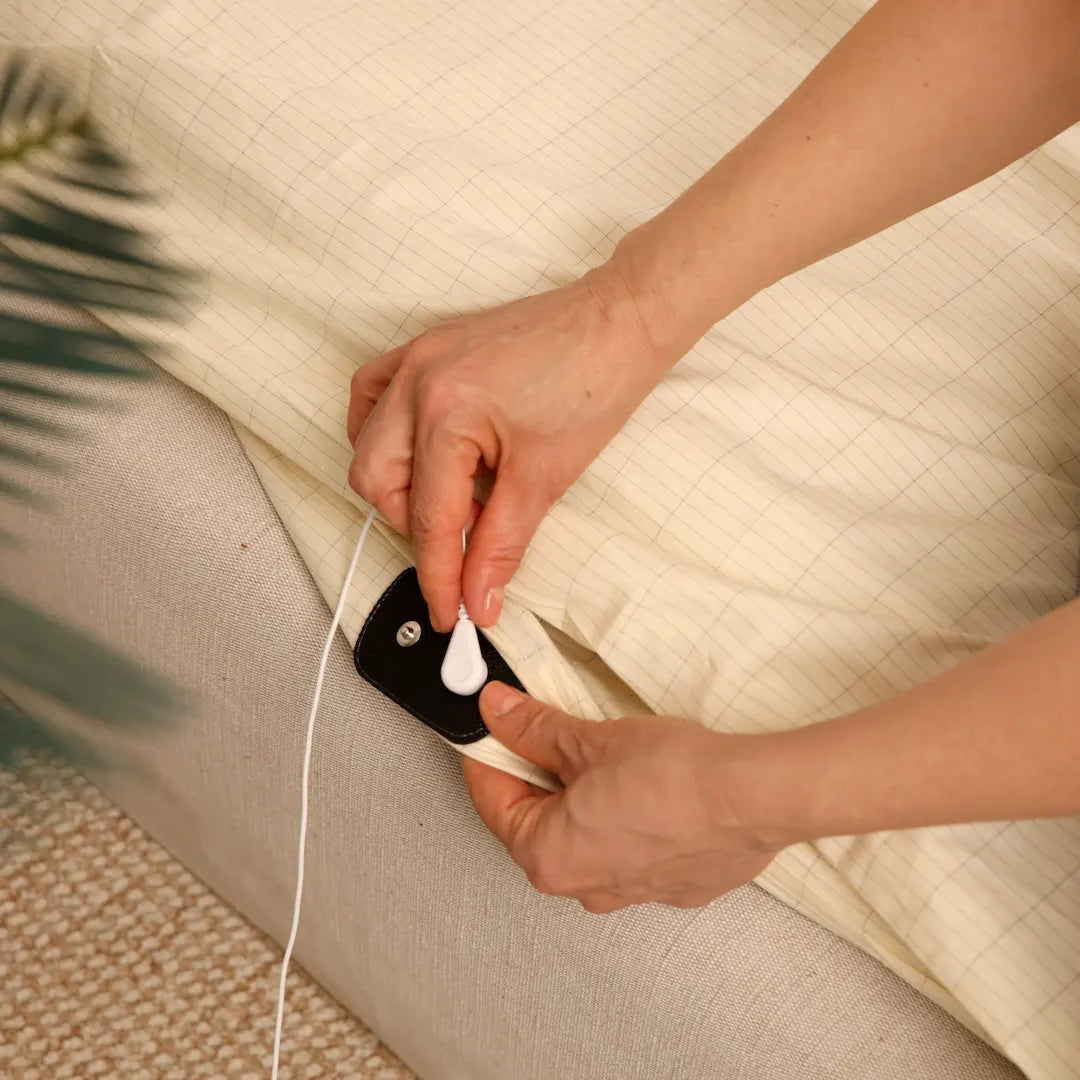
Grounding and Cardiovascular Health
Cardiovascular disease is one of the most dangerous complications of chronic inflammation. Grounding may benefit cardiovascular function by improving heart rate variability, reducing blood pressure, and increasing parasympathetic activation.
One double-blind study showed that even short-term grounding reduced blood viscosity, making it easier for blood to flow through arteries and capillaries. The results suggest grounding could play a preventative role in conditions associated with high blood pressure and clotting disorders.

Mental Health and Inflammation: A Grounded Mind
Mental health challenges—like anxiety, depression, and burnout—are now understood to have inflammatory components. Chronic emotional stress exacerbates immune system dysfunction and raises the risk of inflammatory conditions.
Grounding reduces emotional stress and helps regulate the autonomic nervous system. The result? Grounded individuals often experience greater calm, emotional resilience, and improved sleep quality. The mind-body connection here offers one of grounding’s most overlooked but impactful health benefits.
Grounding Mats, Grounding Patches, and Indoor Solutions
Can you only benefit from grounding by walking barefoot? Not at all. Grounding mats, sheets, and patches offer indoor grounding options, making it possible to stay grounded while sleeping, working, or even practicing yoga exercise.
These tools connect to a grounded electrical outlet using a conductive plug and transfer electrons from the Earth to the body via physical contact. For people living in urban areas or with limited mobility, indoor grounding is an essential bridge to the Earth’s energy.
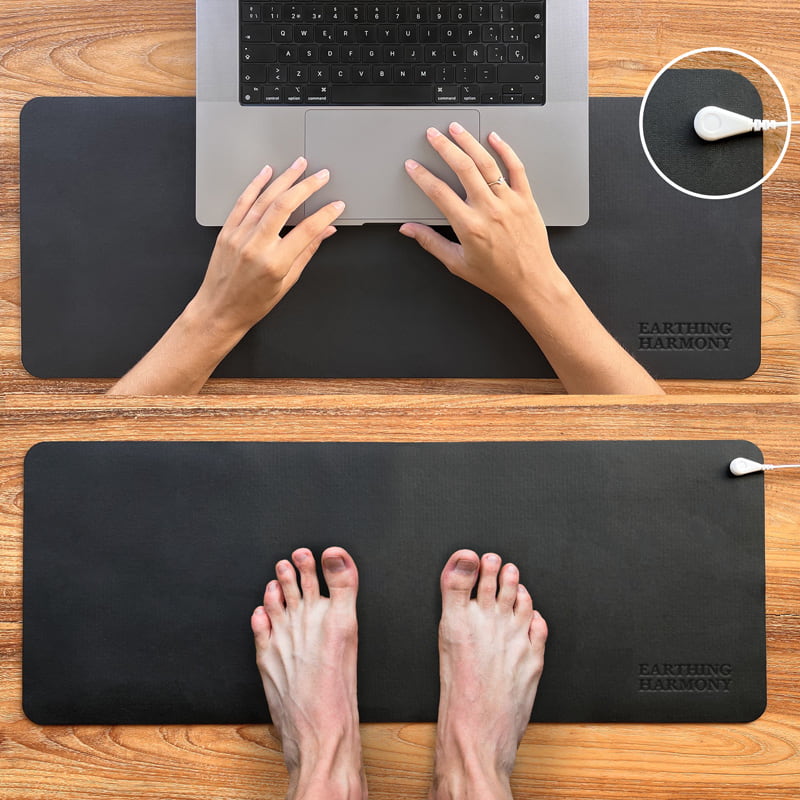
How to Practice Grounding for Inflammation Relief
To gain the health benefits of grounding, consistency matters. Here’s how to practice grounding both outdoors and indoors:
-
Walking barefoot daily for 30+ minutes on natural surfaces like grass or sand.
-
Using grounding mats or grounding patches while seated, at your desk, or while sleeping.
-
Combining grounding with other lifestyle medicine strategies, such as anti-inflammatory diets, yoga, and hydration.
Over time, grounded individuals often report a noticeable decrease in pain, better energy, and more balanced moods.

Is There Evidence? What the Scientific Community Is Saying
The Earthing Institute continues to document the growing body of research evidence supporting grounding. Peer-reviewed studies, thermographic imaging, and subjective reporting from patients all point to significant benefits.
While more large-scale trials are needed, current results show that grounding may provide one of the most accessible, low-risk tools for improving overall health and managing chronic inflammatory conditions.
Addressing Skepticism: Are There Any Negative Effects of Grounding?
Grounding is remarkably safe for most people. The main caution is to ensure proper grounding through a verified electrical outlet. For individuals with pacemakers or electrical implants, always consult a healthcare provider before using grounding tools.
Also, avoid grounding in wet environments when using electric plugs, and never plug into an outlet without confirming grounding integrity using a socket tester.
Grounding and Gut Health: Can It Help Gut Inflammation?
Emerging studies suggest a link between gut inflammation, immune response, and the nervous system. By calming the autonomic nervous system and improving blood flow to the digestive organs, grounding may offer subtle but meaningful support in reducing gut inflammation and supporting digestive balance.
Conclusion: Grounding as a Modern Wellness Essential
Grounding isn’t just a trend—it’s a rediscovered practice with deep roots in the human body's natural design. By reconnecting with the Earth’s natural energy through direct skin contact or modern grounding devices, we may be addressing inflammation at its very source.
Whether you are looking to improve sleep, reduce stress, or manage chronic pain, grounding offers a compelling, evidence-informed tool with the potential to restore balance in today’s disconnected world.

Frequently Asked Questions About Grounding and Inflammation
1. Does grounding really decrease inflammation?
Yes, research shows that grounding can help reduce inflammation by restoring the body’s electrical balance and neutralizing free radicals. When the human body is in direct contact with the Earth—either barefoot outdoors or via grounding tools indoors—it absorbs electrons from the Earth’s surface. These electrons act as natural antioxidants, helping to counter oxidative stress, which is a known driver of chronic inflammatory diseases. Multiple studies indicate that grounded individuals show a measurable reduction in inflammatory markers, faster recovery times, and less pain in conditions like arthritis, muscle injury, and fibromyalgia.
To get started, explore grounding mats, bed sheets, or grounding pillowcases from Earthing Harmony.
2. How does grounding improve blood flow and blood pressure?
Grounding has been shown to improve blood flow by reducing blood viscosity—the thickness of your blood—which allows red blood cells to flow more freely. This improved circulation enhances oxygen delivery to tissues, supports immune function, and reduces the risk of clotting. In fact, studies cited in sports med and integrative health journals have found that grounding reduces blood viscosity, which may help explain its potential to support cardiovascular health. Furthermore, evidence suggests that hypertension improves blood pressure when grounding is practiced regularly, especially during sleep, making it a valuable tool for long-term heart health.
Using grounding tools like a universal grounding mat or grounding rod for outdoor use can be effective daily solutions.
3. Are there public health benefits of grounding?
Absolutely. The public health potential of grounding is enormous, especially as chronic inflammation is increasingly recognized as a root cause of conditions like cardiovascular disease, diabetes, depression, and autoimmune illnesses. Grounding is a simple, low-cost, non-invasive method with virtually no side effects. By reducing systemic inflammation, grounding could lessen the burden on healthcare systems and support better long-term health outcomes. As awareness grows, researchers are beginning to see grounding not just as an individual practice but as an intervention with implications for environmental and public health.
To support this shift, individuals can easily start grounding at home using certified accessories and outlet checkers.
4. How fast does grounding affect wound healing?
One of the most exciting effects of grounding is how it can speed wound healing. Studies using thermographic imaging and blood markers have shown that grounding can reduce inflammation at wound sites, accelerate tissue repair, and support immune activity essential for healing. In both animal and human models, grounded individuals demonstrate faster recovery from surgery, injury, and even chronic wounds. This has significant implications for both clinical care and personal wellness, especially when combined with other anti-inflammatory practices.
Consider sleeping grounded with grounding sheets or using a pillowcase for ongoing healing support.

5. Can grounding influence the body's natural electric charge?
Yes, grounding helps balance the natural electric charge of the human body. Throughout the day, the body accumulates a positive charge due to electromagnetic fields (EMFs), inflammation, and oxidative stress. This imbalance can interfere with cellular function and immune response. By making direct contact with the Earth or using grounded devices indoors, the body is able to absorb electrons that neutralize this positive charge. This bioelectrical exchange helps stabilize biological rhythms, reduce inflammatory responses, and support the body’s overall energy balance.
Grounding footwear or a grounding rod used outdoors makes it easy to maintain this connection naturally.
6. How is grounding used in the sports medicine world?
Grounding is gaining attention in the sports med community as a tool for recovery and performance optimization. Athletes who ground regularly after training or competitions report reduced muscle soreness, quicker recovery times, and enhanced sleep quality—all of which are crucial for performance. Grounded yoga mats are also gaining in popularity. Grounding may help manage physiological dysfunction caused by overtraining or injury by improving circulation, balancing nervous system activity, and lowering systemic inflammation. From professional teams to individual fitness enthusiasts, grounding is being recognized as an effective way to support physical resilience.
Universal mats and grounding patches are especially popular among recovery specialists.
7. Is there any risk involved in grounding?
For most people, grounding is completely safe. However, it’s important to ensure that indoor grounding systems are used properly. Always check that your electrical outlet is grounded before plugging in grounding mats or patches. For peace of mind those with electrical implants such as pacemakers may like to consult a healthcare provider before using grounding tools. Outdoors, avoid grounding in areas with high EMF exposure or chemical-treated soil. With proper precautions, grounding remains one of the safest and most natural wellness practices available.
To confirm your outlet is safe, use a grounding outlet checker.
8. Can grounding help with gut inflammation or immune-related digestive issues?
Yes, grounding may help reduce gut inflammation by modulating the immune response and enhancing nervous system balance. Chronic digestive disorders, including inflammatory bowel disease and leaky gut, are often linked to an overactive immune system and systemic inflammation. Grounding helps shift the body into parasympathetic (rest-and-digest) mode, which is vital for gut healing. By influencing the autonomic nervous system and reducing cortisol levels, grounding supports digestive repair and has the potential to ease inflammation in the gastrointestinal tract.
For daily grounding indoors, explore Earthing Harmony’s products like mats, sheets, and footwear to stay connected to the Earth’s healing energy—even while you rest. When camping or for any outdoor grounding you can use grounding rods with a conductive plug to your mat or sheet.
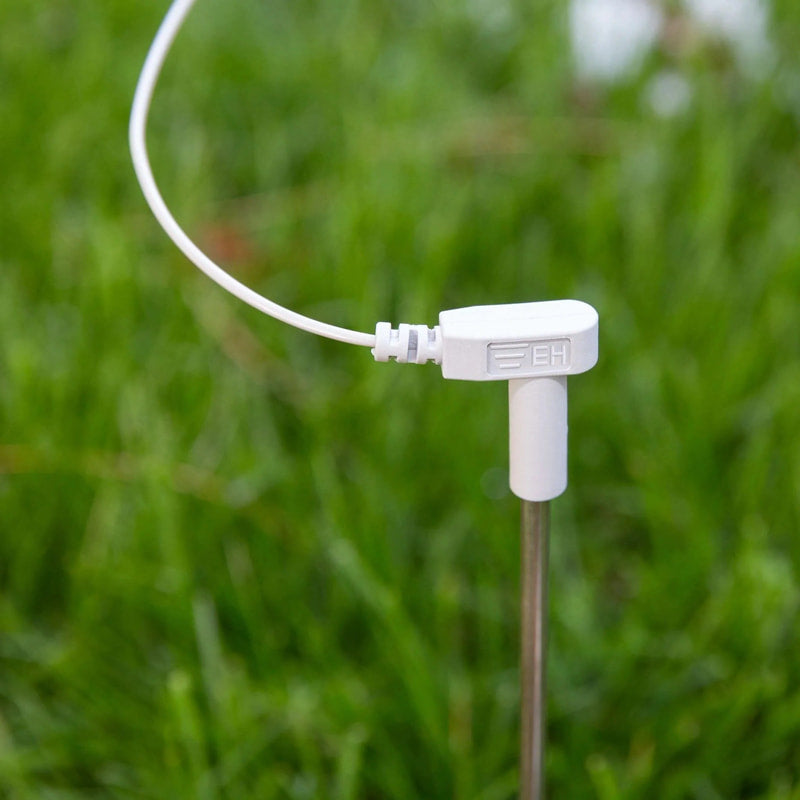







 Shoes
Shoes
 Boots
Boots
 Sandals
Sandals

 Shoes
Shoes
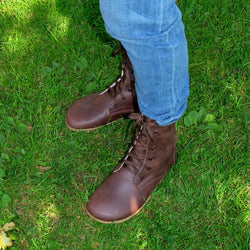 Boots
Boots
 Sandals
Sandals

